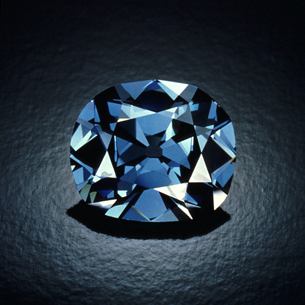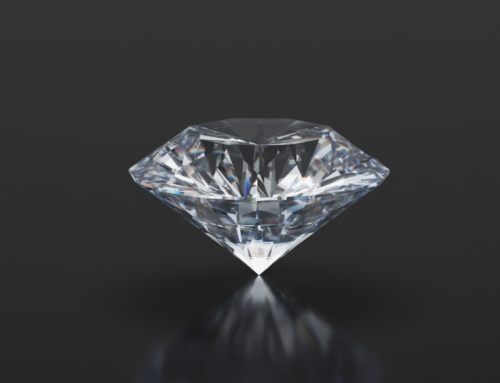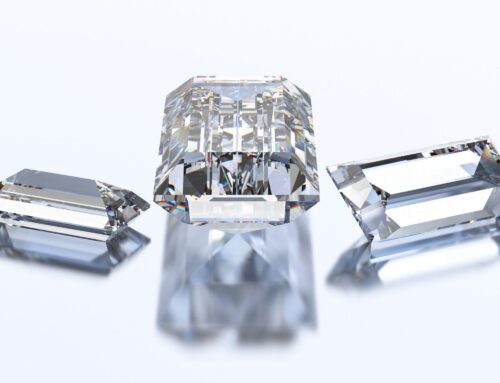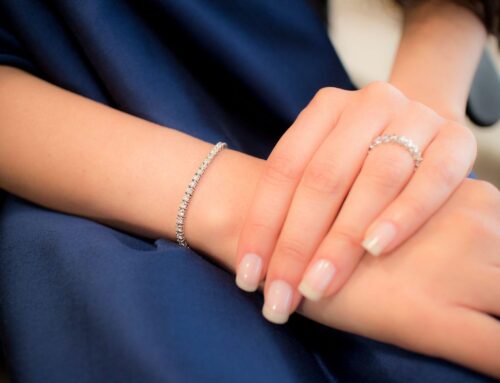 Whether you’re a professional jeweler or an average citizen, you’re aware of The Hope Diamond. You may not know its dimensions, history, or the story behind the myth that it’s cursed, but you’ve at least heard the name. That’s because it’s the most famous diamond in the world and is said to be the second most-visited piece of “artwork” in the world, after the Mona Lisa. If you’ve seen Titanic, the jewel Rose throws into the ocean is based off the legendary Hope Diamond!
Whether you’re a professional jeweler or an average citizen, you’re aware of The Hope Diamond. You may not know its dimensions, history, or the story behind the myth that it’s cursed, but you’ve at least heard the name. That’s because it’s the most famous diamond in the world and is said to be the second most-visited piece of “artwork” in the world, after the Mona Lisa. If you’ve seen Titanic, the jewel Rose throws into the ocean is based off the legendary Hope Diamond!
The Hope Diamond is one of the largest diamonds known to exist, weighing in at just over 45 karats. While it appears blue to the naked eye, the stone turns red in hue after being exposed to ultraviolet light. It’s classified as a Type IIb diamond and has a long history of being cursed. It is currently housed in the Smithsonian Natural History Museum in Washington, D.C., where it is insured for $250 million.
According to experts, the Hope Diamond was formed deep within the Earth approximately 1.1 billion years ago. It was made from carbon atoms and was embedded with kimberlite before it was eroded away by rain and wind. According to the Smithsonian, the Hope Diamond contains traces of boron atoms intermixed with the carbon structure. This is what causes the Hope Diamond to have a visibly blue color. Its first known owner was Jean Babtiste Tavernier in1653. Since then, it has changed ownership approximately twenty times, with some owners being “unknown.”
One of the more interesting things about the Hope Diamond is its alleged “curse.” The curse of the Hope Diamond states that misfortune, tragedy, and/or bankruptcy will come to those who own the stone, but there are no strong indications that these stories are true. The curse may have been fabricated to enhance the stone’s mystery and appeal to the general public or as some sort of publicity stunt to increase the value of the diamond. Regardless, a handful of Hope Diamond owners did suffer violent and inopportune deaths. Two committed suicide, two were publicly hanged, a few were tortured, and one was even torn apart by wild dogs.
The look and feel of the diamond is unique. An Associated Press reporter, who was able to hold the gem in his hand in 2003 under the supervision of Smithsonian employees, described the stone as being “cool to the touch.” In 2010, the diamond was removed from its setting so scientists could measure its chemical composition, and this is when boron was officially determined to be a component of the stone. Boron is what causes the stone to be blue in appearance but emit a red glow after exposure to ultraviolet light.
If only someone sent a diamond like that to Diamonds USA!
Post Revisions:
There are no revisions for this post.





Leave A Comment